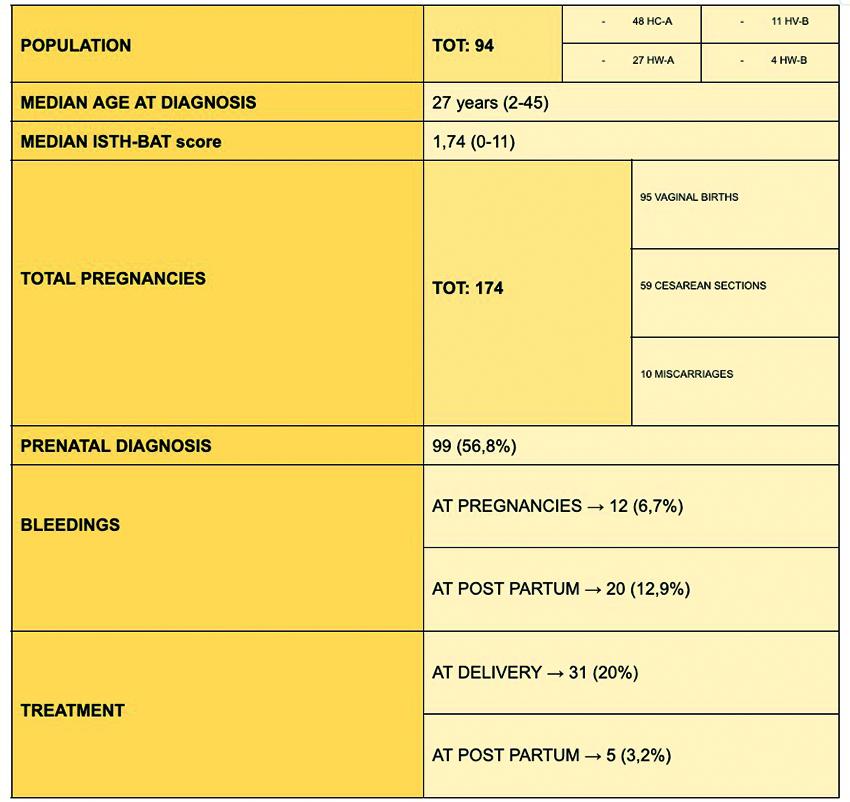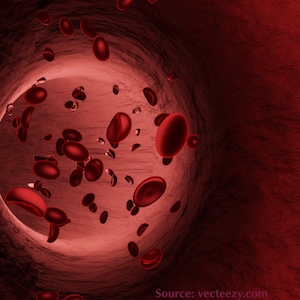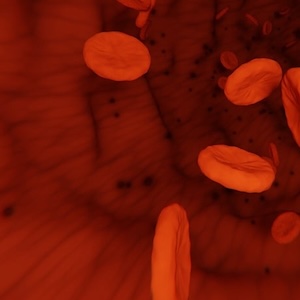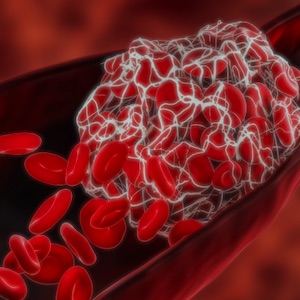Abstracts from the 29^ National Conference of the Italian Society for the Study of Hemostasis and Thrombosis, Bergamo, Italy | 23-25 October 2025
Vol. 4 No. s1 (2025)
PO02 | Pregnancy and delivery in women with hemophilia and carriers are still challenging: a ten years analysis from The Italian Association of Hemophilia Centers (AICE)
M. Napolitano1, M. Mattana2, C. Cammarata1, M. Leotta3, S. Linari4, M.E. Mancuso5, G. F. Rivolta6, C. Santoro7, L. Valdrè8, R.C. Santoro3, S. Siragusa1 | 1Department of Health Promotion, Mother and Child Care, Internal Medicine and Med, Palermo; University of Palermo, Italy; 2Department of Precision Medicine in Medical, Surgical and Critical Care “Me. Pre. Cc”, University of Palermo; 3Hemostasis and Thrombosis Unit, Azienda Ospedaliera Universitaria Dulbecco, Catanzaro; 4Center for Bleeding Disorders, Careggi University Hospital, Firenze; 5Center for Thrombosis and Hemorrhagic Diseases, IRCCS Humanitas Research Hospital, Rozzano, Milan; 6Regional Reference Center for the Treatment of Congenital Hemorrhagic Diseases, Parma University Hospital, Parma; 7Hematology, University Hospital Policlinico Umberto I, Roma; 8Inherited Bleeding Disorders Unit, IRCCS AOUBO, Bologna, Italy
Publisher's note
All claims expressed in this article are solely those of the authors and do not necessarily represent those of their affiliated organizations, or those of the publisher, the editors and the reviewers. Any product that may be evaluated in this article or claim that may be made by its manufacturer is not guaranteed or endorsed by the publisher.
All claims expressed in this article are solely those of the authors and do not necessarily represent those of their affiliated organizations, or those of the publisher, the editors and the reviewers. Any product that may be evaluated in this article or claim that may be made by its manufacturer is not guaranteed or endorsed by the publisher.
Published: 22 October 2025
307
Views
0
Downloads
Similar Articles
- PO36 | Venous stenting for symptomatic iliac thrombosis: five-years experience of single center , Bleeding, Thrombosis and Vascular Biology: Vol. 4 No. s1 (2025)
- PO65 | Utilization of emicizumab in acquired hemophilia A: a case report , Bleeding, Thrombosis and Vascular Biology: Vol. 4 No. s1 (2025)
- Guest Editor: Valerio De Stefano, 29th National Conference of the Italian Society for the Study of Hemostasis and Thrombosis, 2025 , Bleeding, Thrombosis and Vascular Biology: Vol. 4 No. s1 (2025)
- PO03 | Enlarged platelets with reduced GP IB/IX can indicate disorders other than Bernard-Soulier syndrome , Bleeding, Thrombosis and Vascular Biology: Vol. 4 No. s1 (2025)
- PO37 | Single centre experience on anticoagulation in carriers of non-mild inherited thrombophilia: direct oral anticoagulants (DOAC) efficacy and safety , Bleeding, Thrombosis and Vascular Biology: Vol. 4 No. s1 (2025)
- PO66 | Viscoelastic tests in disseminated intravascular coagulation associated with aortic aneurysm , Bleeding, Thrombosis and Vascular Biology: Vol. 4 No. s1 (2025)
- PO04 | Classification criteria for antiphospholipid syndrome: ACR/EULAR 2023 versus Sydney 2006 – A monocentric and retrospective study , Bleeding, Thrombosis and Vascular Biology: Vol. 4 No. s1 (2025)
- PO38 | Rates of hemorrhagic events and hemodialysis circuit thrombosis in patients with end-stage renal disease on hemodialytic treatment receiving a factor-XI inhibitor: a systematic review and meta-analysis , Bleeding, Thrombosis and Vascular Biology: Vol. 4 No. s1 (2025)
- PO67 | Pancreatic cancer in a 71-year-old severe hemophilia A patient with inhibitors and sustained zero bleeding during emicizumab prophylaxis , Bleeding, Thrombosis and Vascular Biology: Vol. 4 No. s1 (2025)
- PO05 | Intensive FVIII replacement in haemophilia patients with hypertrophic synovium: a randomized study , Bleeding, Thrombosis and Vascular Biology: Vol. 4 No. s1 (2025)
1-10 of 96
Next
You may also start an advanced similarity search for this article.











